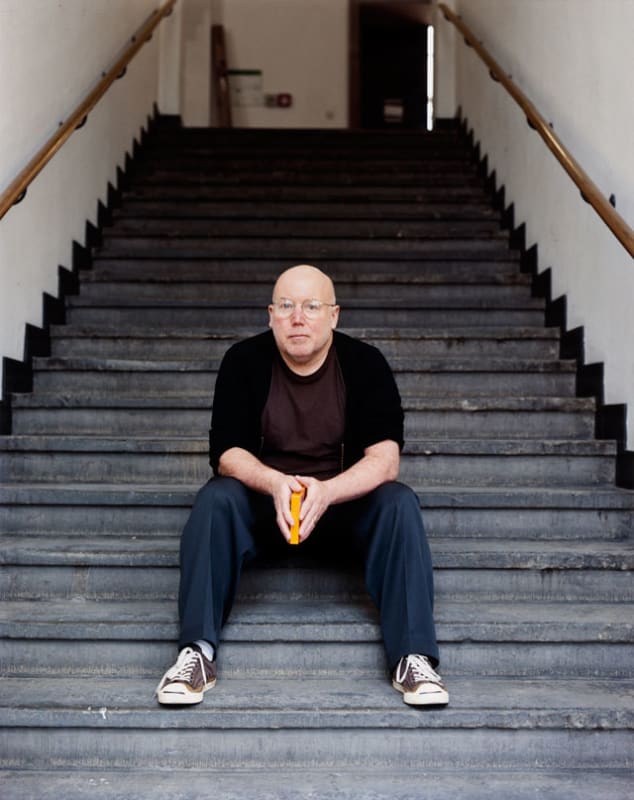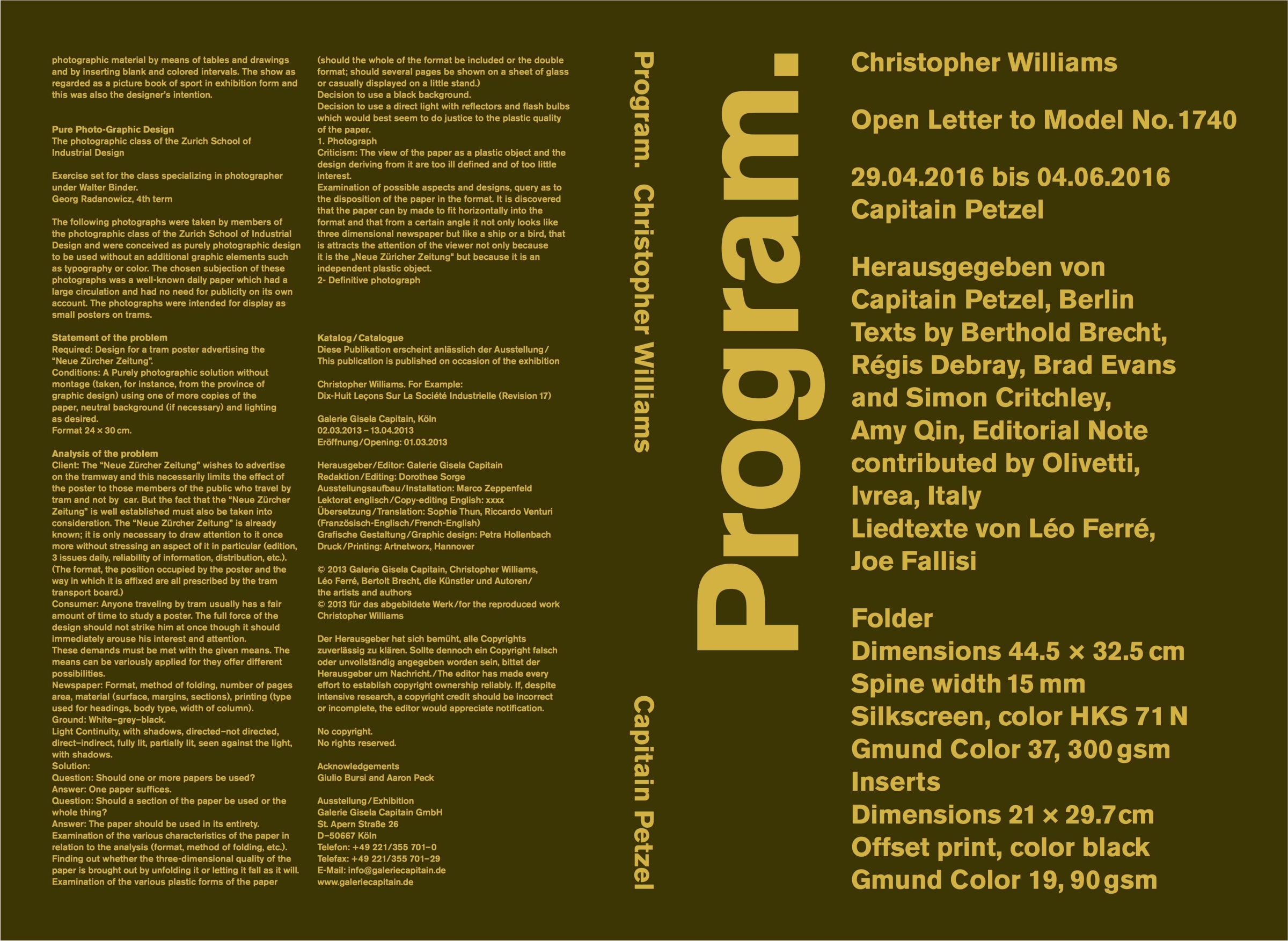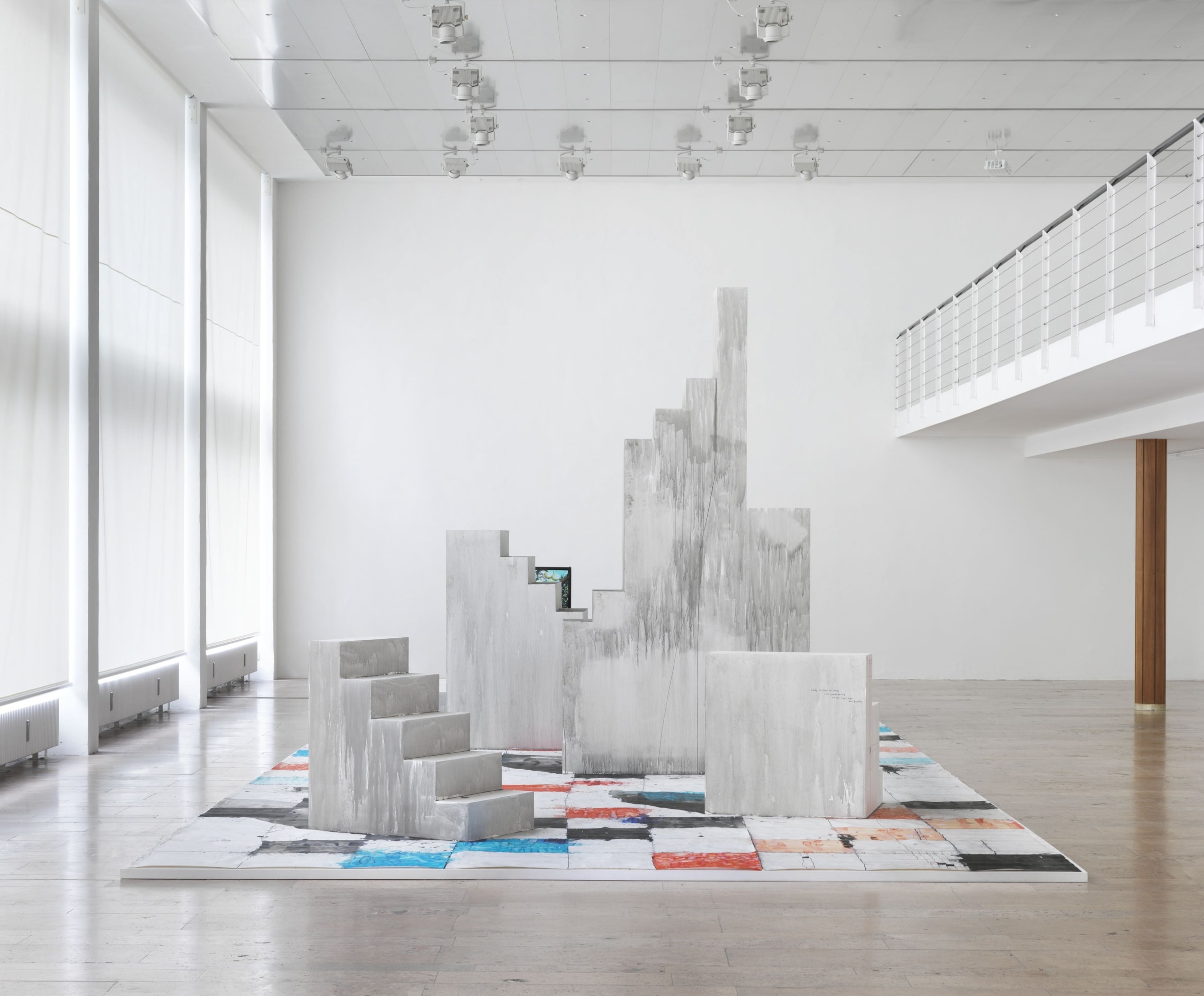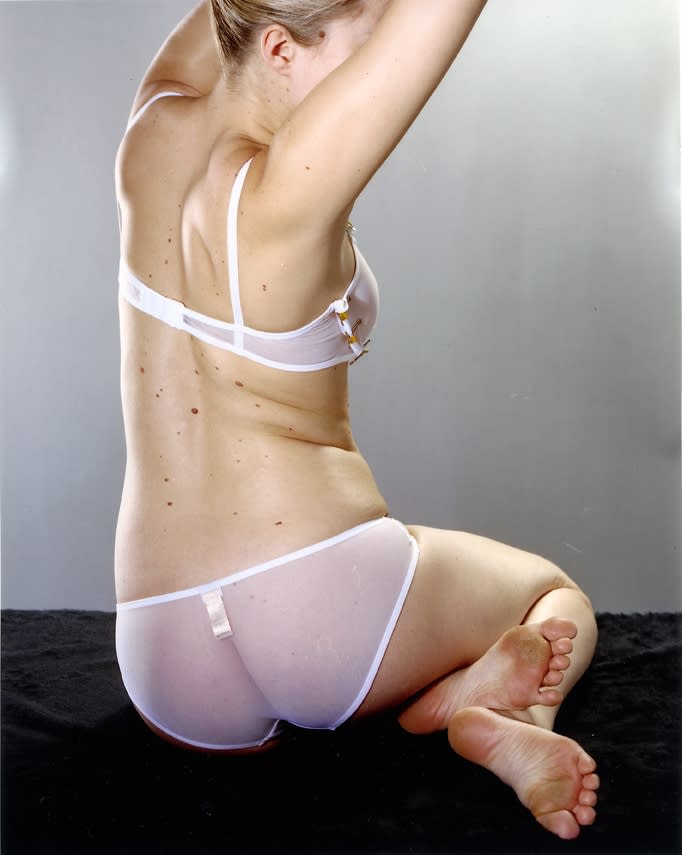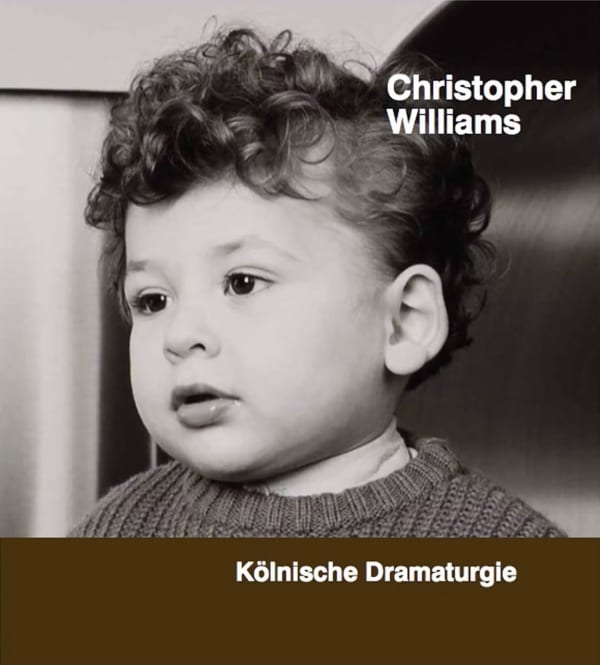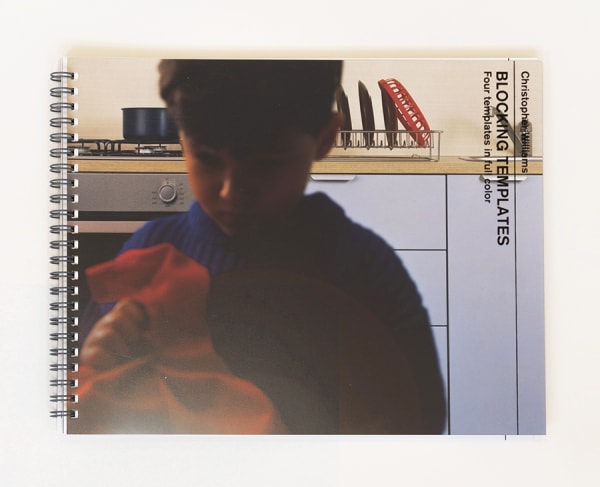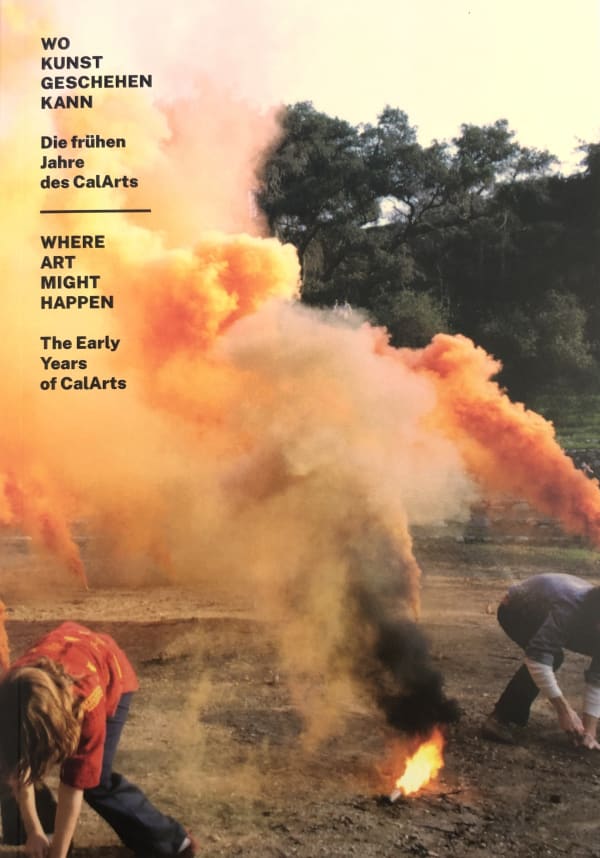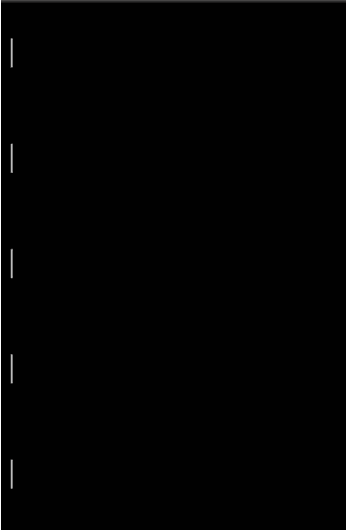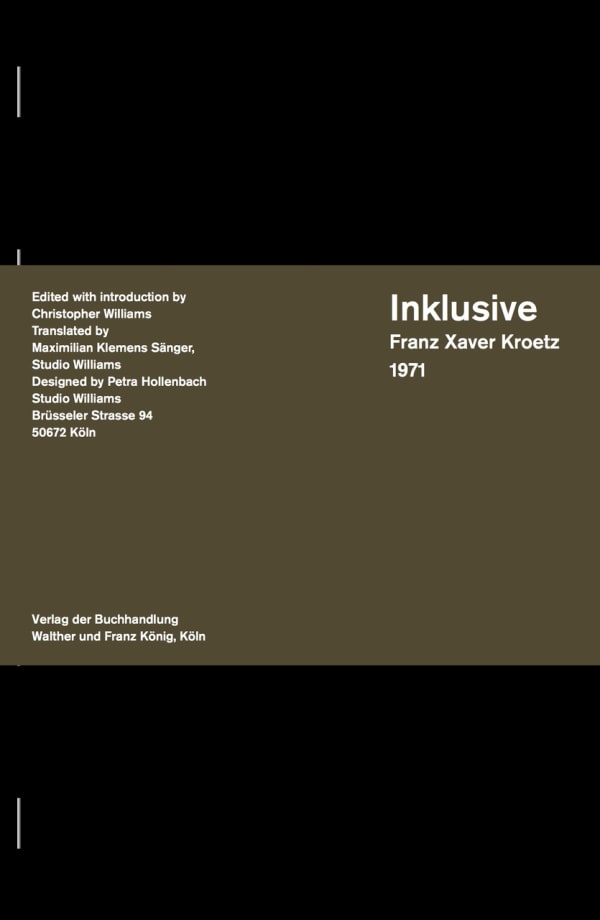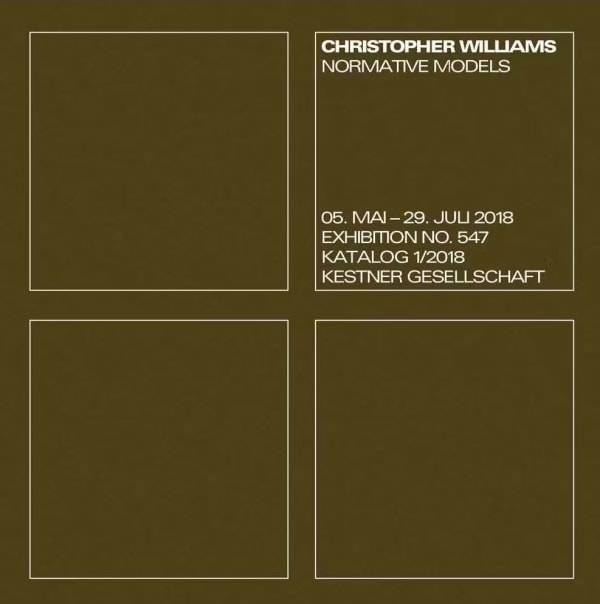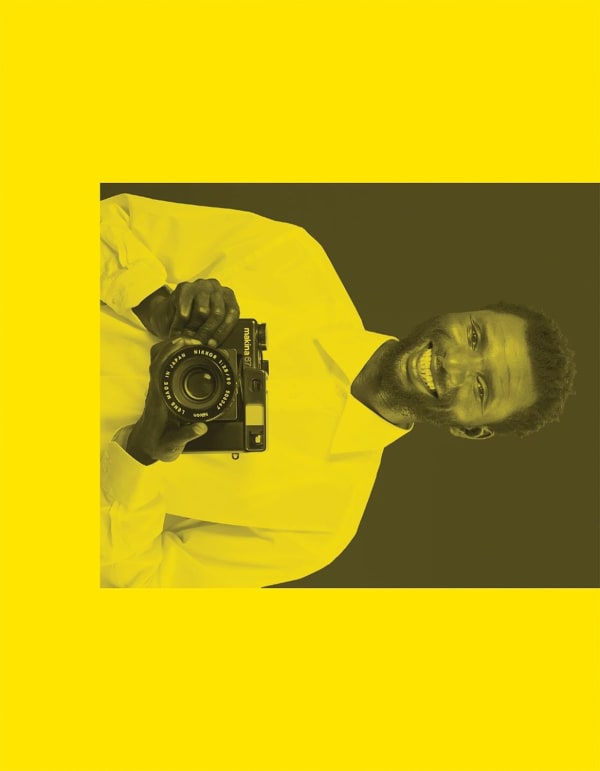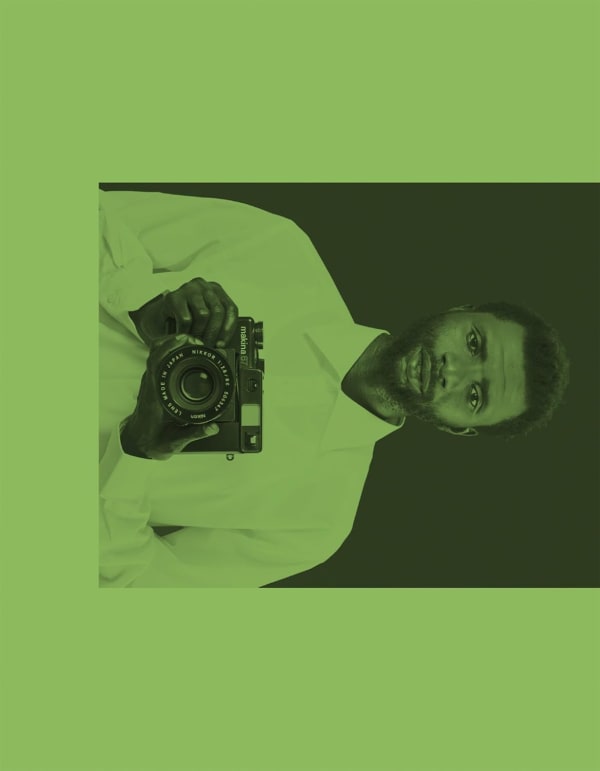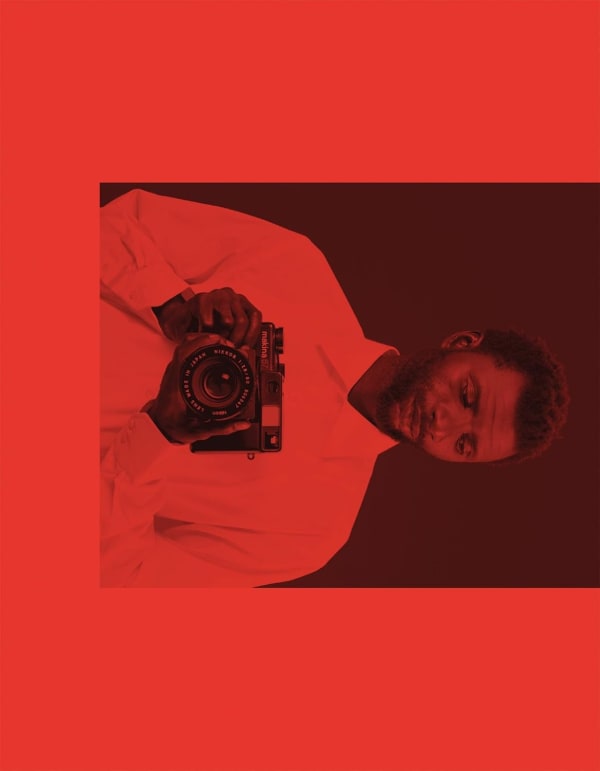Christopher Williams
-
 Christopher Williams, Model-Nr.: 1740 Rotznasen - Kinder Model Agentur, Liesegangstr. 7A, 40211 Düsseldorf, Studio Rhein Verlag, Düsseldorf, January 28, 2016, 2016 (detail)
Christopher Williams, Model-Nr.: 1740 Rotznasen - Kinder Model Agentur, Liesegangstr. 7A, 40211 Düsseldorf, Studio Rhein Verlag, Düsseldorf, January 28, 2016, 2016 (detail) -
Biography
Born 1956 in Los Angeles, CA
Lives and works in Los Angeles, CA
Operating through the medium of photography, Christopher Williams’ work is an investigation of the current condition of pictorial representation and production. Functioning as both conceptual art and institutional critique, Williams crafts historically and politically referential photographs that analyze aesthetic conventions and the contemporary context of image making.
A range of references are at play in Williams’ photographic style; 1960s advertisements come to mind, as well as histories of film and fine art. His carefully crafted, technically precise images take ordinary objects, scenes and people as their subjects, rendering them with great detail and precision, making them appear almost eerily perfect and uncanny. Williams mimics the ultra-sleekness of the synthetic commercial world — set slightly off balance, reminding us of the ingrained conventions of modern image making.
Williams’ medium is not merely the taking of photographs, but also the construction of the setting with extreme care and precision, and the staging of the finished works. Extensive descriptive titles, unusual hanging heights, and interventions in the exhibition architecture are usual for Williams. In demonstrating how dependent art objects are on their methods of production and contexts of display, the ‘constructed-ness’ of images is revealed. Williams draws attention to the staged nature of his photographs, foregrounding the technical production process and the process of photography itself.
Christopher Williams has exhibited extensively worldwide, with solo exhibitions at C/O Berlin; Kestner Gesellschaft, Hannover; La Triennale di Milano; Whitechapel Gallery, London; Museum of Modern Art, New York; Musée d’art moderne et contemporain, Geneva; Museum Dhondt- Dhaenens, Deurle; Kunsthalle Baden-Baden; Kunsthalle Zürich; Secession, Vienna among many others.
His work can be found in the collections of the Museum of Modern Art, The Metropolitan Museum of Art, Whitney Museum of American Art and Solomon R. Guggenheim Museum, all in New York; Hammer Museum, Los Angeles; Ludwig Museum, Cologne; Hamburger Bahnhof, Berlin; Hirshhorn Museum and Sculpture Garden, Washington, DC; The Art Institute of Chicago, and more. Since 2008, Williams has been the professor of Photography at the Kunstakademie Düsseldorf.
-
-

-

-
-
Works
Christopher Williams
Erratum AGFA Color (oversaturated) Camera: Robertson Process Model 31 580 Serial #F97-116 Lens: Apo Nikkor 455 mm stopped down to f90 Lighting: 16,000 Watts Tungsten 3200 degrees Kelvin Film: Kodak Plus-X Pan ASA 125 Kodak Pan Masking for contrast and col, 2000C-printFramed dimensions:
74.5 x 64.5 cm / 29.3 x 25.4 inchesEdition of 10B-CWILLIAMS-.24-0011'Erratum', 2000, is part of the first essential series in the the oeuvre of Christopher Williams 'For Example: Die Welt ist schön' (The world is beautiful). The series is named..."Erratum", 2000, is part of the first essential series in the the oeuvre of Christopher Williams "For Example: Die Welt ist schön" (The world is beautiful). The series is named after the eponymous book by the German photographer Albert Renger-Patzsch, published in 1928, the most well-known representative of the so-called "New Objectivity". In his book Renger-Patzsch developed categories for objects, people and places. In his photographies he presented natural forms, industrial subjects and mass-produced objects with clarity of scientific illustrations. Using Renger-Patzsch’s cataloguing of the world as a leitmotif, Williams first series of works examines landscapes, animals, people and everyday objects.
“An erratum is a post-publication correction of an error in a published text. "Erratum’s" extensive title meticulously details Williams’ technical process as he corrects AGFA’s embarrassing inability to represent its own corporate identity.This focus on the mechanics of photography, coupled with Williams’ immaculate production values, recalls the slick perfection of commercial or advertising photography. Shot in a studio with absolute precision and control, this dishwasher is, as one reviewer described Williams’ work, ‘fiendishly clean’“. (https://govettbrewster.com/collection/2002-3)
Williams stages a dishwasher, presents it from its back, open - raw. Inside its loaded with clean but garish AGFA-orange dish ware. It resembles “(...) nothing more than a model in a commercial showroom, or perhaps an exhibit in a design museum. Now ubiquitous in homes in the western world, dishwashers were once the ultimate statement of wealth and modernity. With their mechanisation of household tasks, they are associated with the ‘liberation’ of the housewife and changing social structures in the 20th century. Like colour photographic film, dishwashers became widely available in the 1960s; the tipping point of the rise of consumer culture and globalised capitalism. By branding this symbol of industrial modernisation with perfect, rich AGFA orange, "Erratum" draws an explicit connection between commercial colour photography and the modern nuclear family.“
Small but deliberate imperfections create an intriguing work. “Precisely because of their high production and closeness to normal adverts, our attention is drawn to these imperfections, and once we notice them, a vast chasm opens between the photographs and the kinds of images on which they are based.“ (Godfrey, Mark: Pop? Progresso Fotografico? Radio Daniele? Christopher Williams? Kodak Color? Kapitalistischer Realismus?, in: For Example: Dix-Huit Leçons Sur La Société Industrielle (Revision 11), Kunsthalle Baden- Baden, Cologne 2010, p. 83.)
`In his photographs, Christopher Williams is more of a narrator with an eye for hidden anecdotes, for the meaning of certain signs, for underlying cultural identities. ́ (Kelsey, John: Progresso Fotografico, in: For Example: Dix-Huit Leçons Sur La Société Industrielle (Revision 10), Bergen Kunsthall, Hannover 2010, 17.)Exhibitions
The Production Line of Happiness, Whitechapel Gallery, London, 2015
The Production Line of Happiness, The Museum of Modern Art, New York, 2014
The Production Line of Happiness, The Art Institute of Chicago, 2014
Publications
The Production Line of Happiness (exh. cat.), The Art Institute of Chicago, New Haven 2014, p. 174
The Production Line of Happiness, Museum of Modern Art, New York 2014, p. 174
The Production Line of Happiness, Whitechapel Gallery, London 2014, p. 174
The Production Line of Happiness (exh. cat.), The Art Institute of Chicago, New Haven 2015, p. 174
ExhibitionsNewsExternal ExhibitionsPressPublicationsRequest more information

